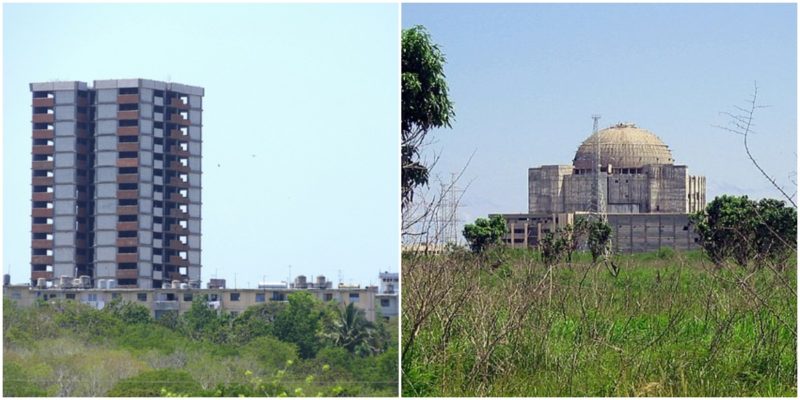Cuba’s aspiration and action in use of nuclear energy for civil purposes go back to 1956 when an agreement on civil uses of atomic energy was signed with the United States. Even though this suggested a possibility of a future nuclear power plant operation this plan fell down the abyss as it was signed during the reign of Fulgencio Batista. He was overthrown just three years later. However, this did not stop Cuba’s development of nuclear power.
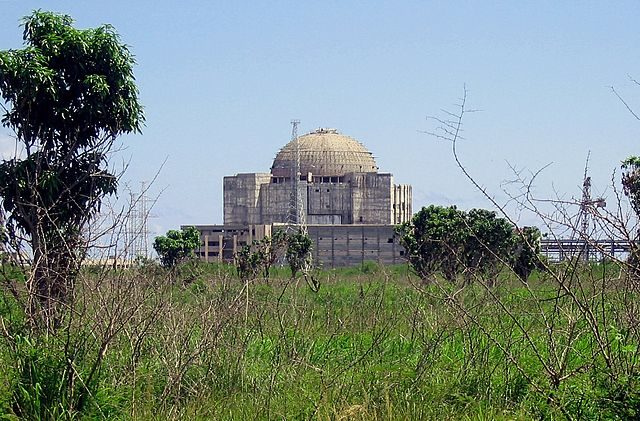
In 1967 Cuba found a new partner in the East, The Soviet Union. The two countries found common ground and the Soviet Union agreed to provide Cuba with a research reactor for teaching and experimental purposes. After they signed two treaties nine years later, the two countries came to an agreement and a plan to construct 12 nuclear reactors that would completely meet Cuba’s energy demands and then some. However, ultimately this project was reduced to only two power plants by the village of Juraquá. Once completed they would generate around 30% of Cuba’s energy needs.
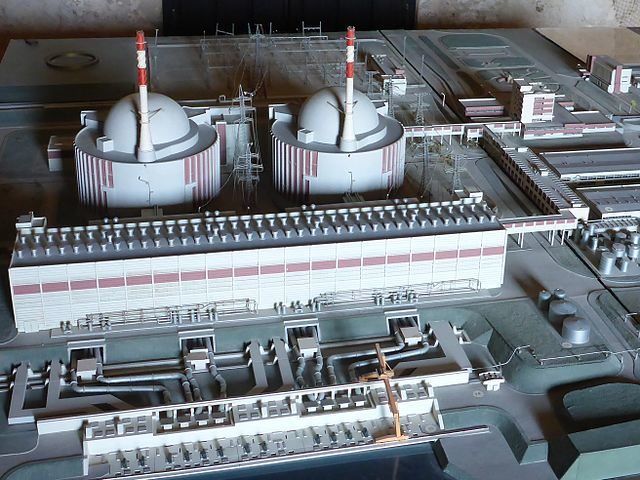
The construction of the Juraquá plant was a challenge for both countries. It was to be the first Soviet-designed nuclear reactor built in the Western Hemisphere and on top of it all in tropical environment and conditions. A climate completely opposite of what the Soviets were used to back home. It was planned to have two VVER – 400 V318 nuclear power reactors, designed and developed previously in the Soviet Union. But this model was to be an improvement on the last one as it had an extra emergency core cooling system (ECCS) and was also going to have a full steel-lined concrete dome that would stop the releasing of any radioactive particle in case of an accident.
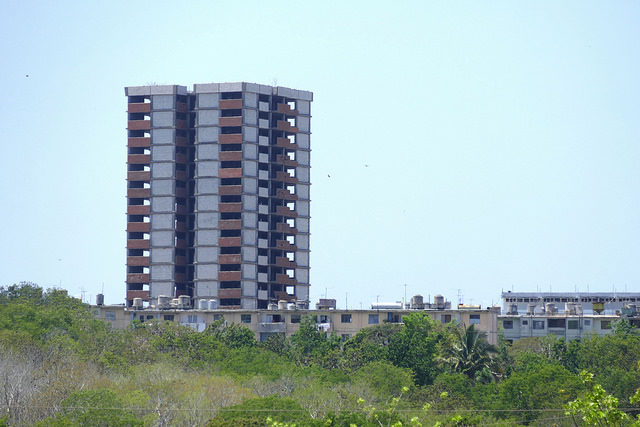
Construction work began in 1983 on the first reactor, and two years later on the second one. Both under the supervising eye of Castro’s son Fidel Castro Díaz-Balart, nicknamed Fidelito, who was a nuclear physicist whose Alma Mater was Moscow State University. It was estimated that the first reactor would be operational by 1993 but they were rescheduled for late 1995 or maybe even the first months of 1996. The collapse of the Soviet Union didn’t help matters. It completely disrupted construction, even though it was almost fully completed (estimated at around 97% civil construction), only 37% of the actual reactor equipment was in place, and no nuclear fuel at all was delivered by the Soviet Union. At the end of 1992, Fidel Castro announced that even though more than 1.1 billion dollars were already invested in the project, Cuba would be unable to meet further financial terms.
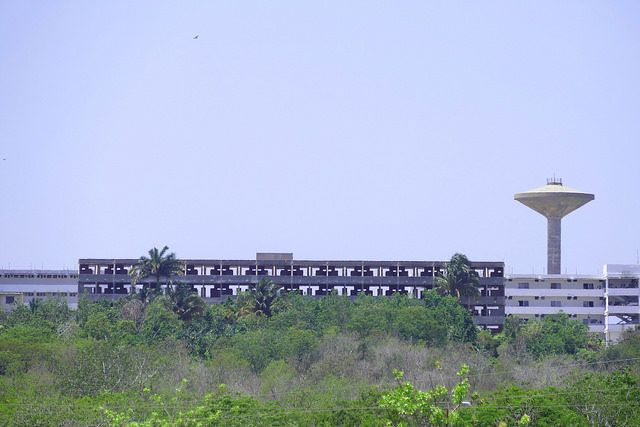
An effort to resume construction and finish one of the reactors was done in 1995 by the now Russian Ministry of Atomic Energy. This plan included a third party financing and works. Estimates said that around 300 to 750 million dollars were needed to fully complete the one reactor. Cuba and Russia sought aid from Ansaldo, Siemens, and Électricité de France, but with no success, as all of these companies were under pressure from the United States and their Cuban embargo. In 1997, the president of Cuba, Fidel Castro, announced that Cuba was no longer at all interested in finishing the plant and other alternative energy solutions were considered.
Even though Russian President Vladimir Putin, upon his visit to Cuba in December 2000, offered to invest 800 million dollars so that the plant could be finished, Castro declined and once more stated that Cuba was no longer interested in nuclear energy. We can trace the final and complete abandonment of the nuclear plant project to this point.
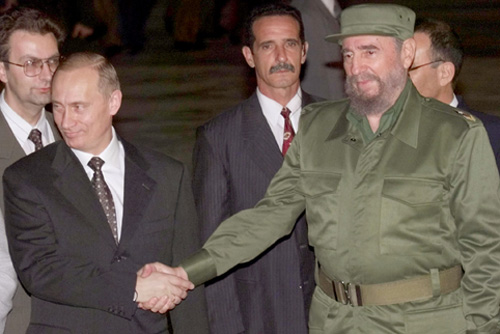
In 2004 the main turbine that was implemented at the Juragua plant was taken out and moved to replace the damaged turbine at the thermoelectric plant at Guiteras. The site of Cuba’s failed and abandoned nuclear power plant is restricted for foreigners and left to deteriorate with no plans for its future.
